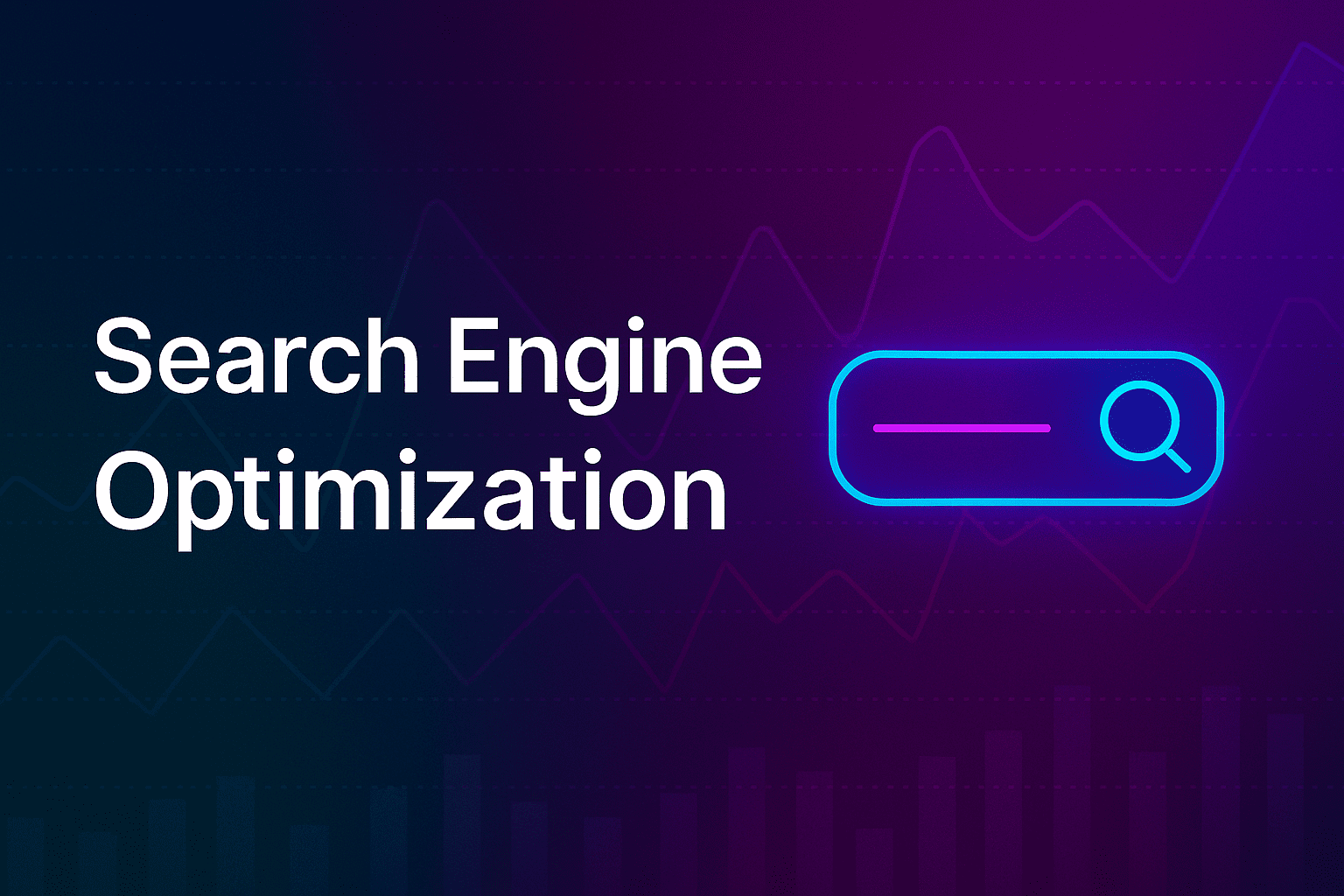Search Engine Optimization (SEO) is essential for being visible online. Whether you run a small business, create content, or manage a large company, learning SEO can boost your online presence, attract organic traffic, and strengthen your brand’s authority.
In this guide, we’ll go over the basics of SEO, look at the best SEO tools, discuss effective strategies and techniques, and explain how to optimize your website for Google.
What is Search Engine Optimization?
Search Engine Optimization (SEO) is the process of improving a website to increase its visibility when people search for products, services, or information on search engines like Google, Bing, or Yahoo. Better visibility in search results increases your chances of capturing attention and driving traffic to your website.
SEO involves both technical and content strategies to ensure your website meets the ranking factors of major search engines.
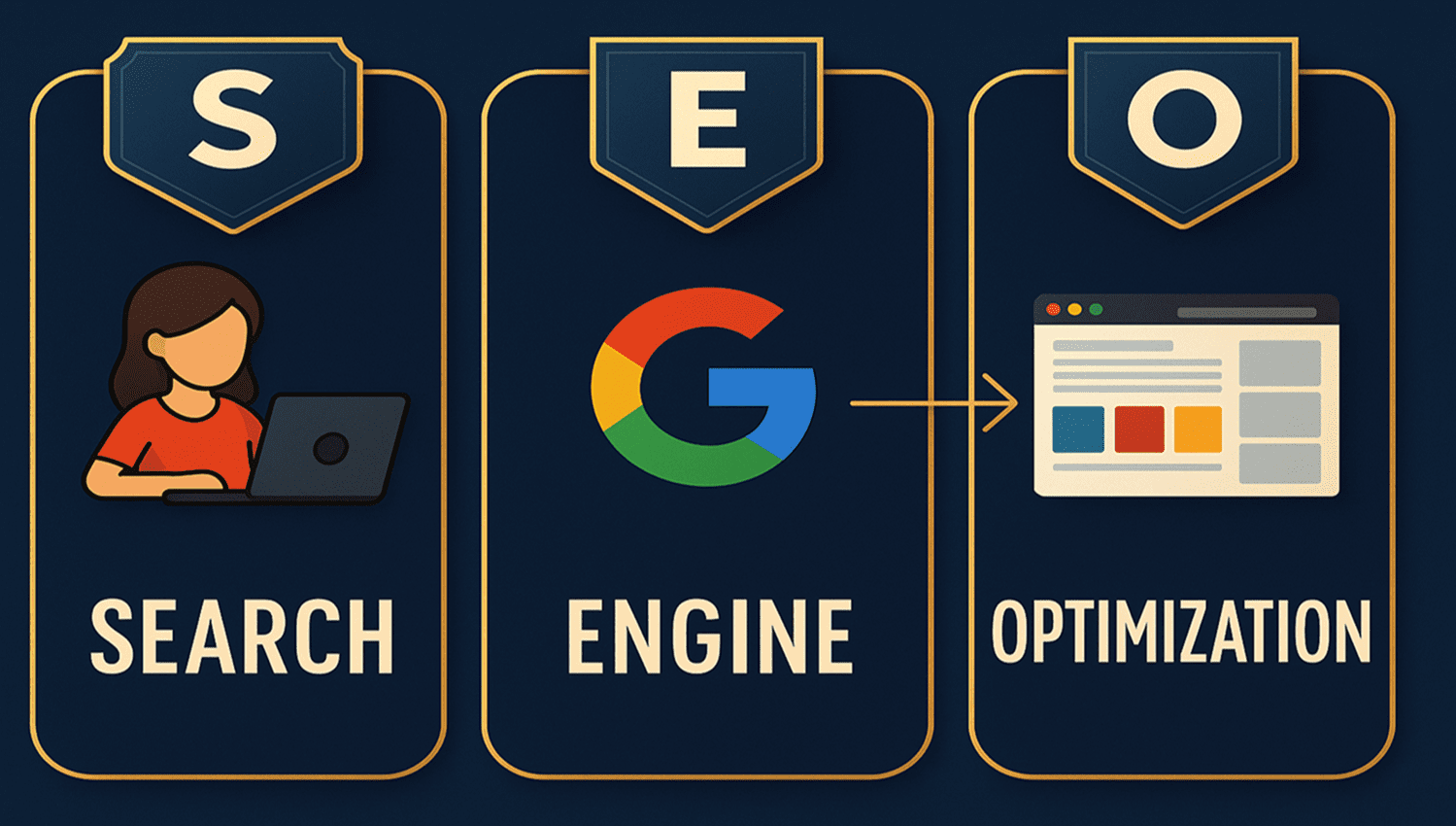
Why SEO is Crucial in 2025
As the internet keeps growing, ranking high on search engines has become more competitive. Here’s why optimizing your website is essential:
- Increased Traffic: 75% of users never scroll past the first page of Google.
- Cost-Effective: Unlike paid ads, organic SEO continues to attract traffic long after you implement it.
- Trust & Credibility: High-ranking websites often seem more credible and trustworthy.
- Better ROI: Long-term SEO strategies usually provide a better return on investment compared to paid ads.
Search Engine Optimization Basics
Before diving into tools and techniques, let’s start with the basics of SEO that lay the groundwork for any successful strategy:
1. Keyword Research
Finding relevant keywords your audience is searching for is the first step. Use tools like:
- Google Keyword Planner
- Ubersuggest
- SEMrush
2. On-Page SEO
On-page SEO includes optimizing individual web pages for better rankings. Key focus areas include:
- Meta titles and descriptions
- Heading structure (H1, H2, etc.)
- Image alt texts
- Internal linking
- URL structure
3. Off-Page SEO
This involves creating high-quality backlinks and improving your website’s domain authority through:
- Guest posting
- Social media sharing
- Directory submissions
- Influencer outreach
4. Technical SEO
Enhance the backend of your website:
- Fast loading speed
- Mobile responsiveness
- XML sitemap
- HTTPS security
- Structured data (schema markup)
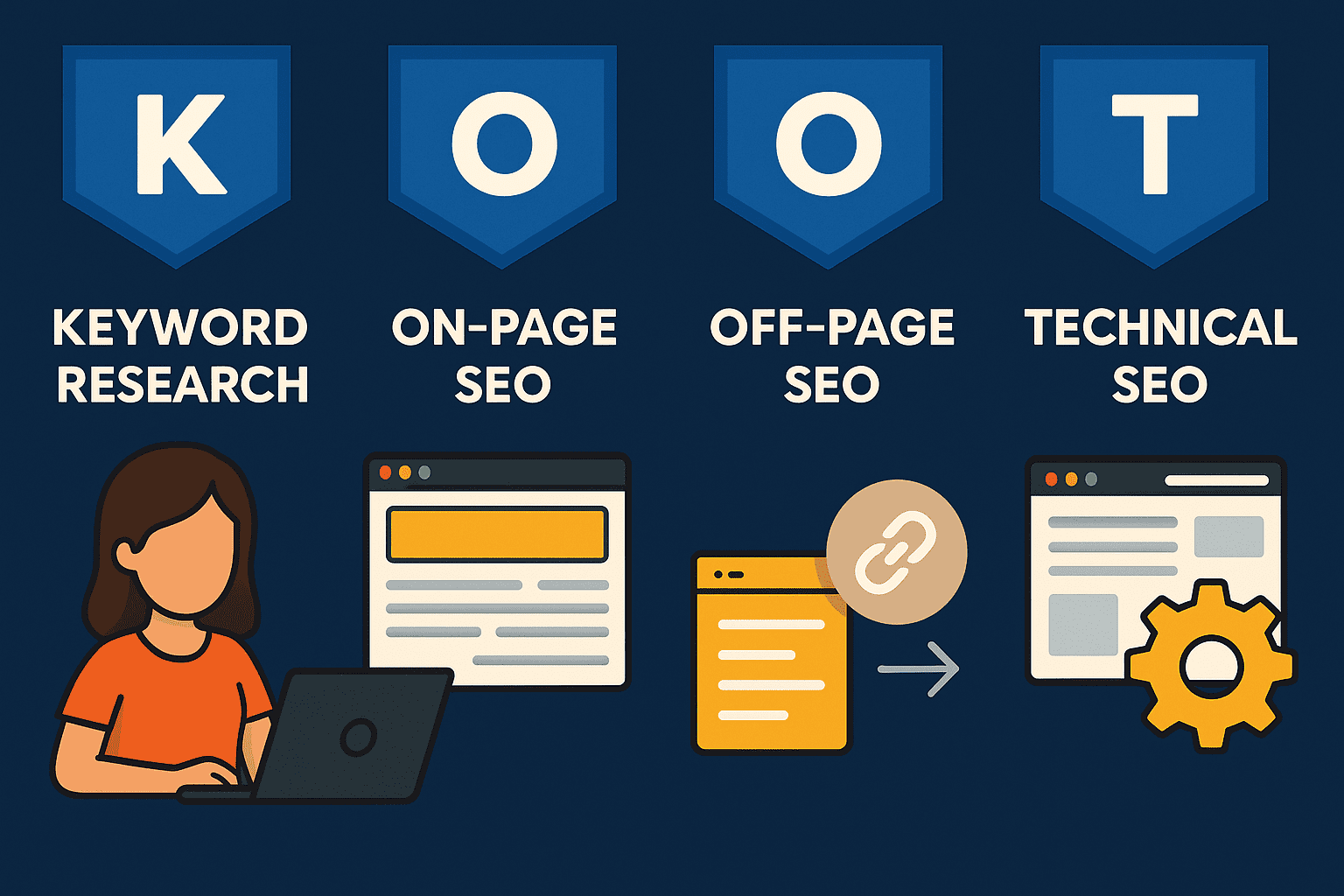
Best Search Engine Optimization Tools in 2025
To succeed in SEO, you need the right tools. Here are the top tools professionals recommend:
1. Google Search Console
Tracks your site’s performance, shows indexing issues, and provides keyword data directly from Google.
2. Ahrefs
Great for competitor research, backlink checks, and keyword tracking.
3. SEMrush
An all-in-one tool for keyword research, site audits, traffic analysis, and rank tracking.
4. Moz Pro
Offers helpful features like site audits, keyword research, and a Chrome extension for SEO insights.
5. Yoast SEO (for WordPress)
Optimizes your blog posts in real time by checking for keyword usage, readability, and metadata.
6. Screaming Frog SEO Spider
Excellent for crawling websites and finding technical SEO issues like broken links and redirects.
Search Engine Optimization for Google
Google accounts for over 90% of all search engine traffic, making it crucial to optimize your site for its algorithm.
Key Google SEO Ranking Factors:
1. High-Quality Content
Google prefers content that is original, relevant, and thorough.
2. Page Experience
Includes Core Web Vitals such as load time, interactivity, and visual stability.
3. Mobile-First Indexing
Google mainly uses the mobile version of your site for indexing.
4. Backlinks
Google favors sites with links from reputable domains.
5. Search Intent Matching
Identify whether your target keywords are informational, navigational, or transactional and match your content accordingly.
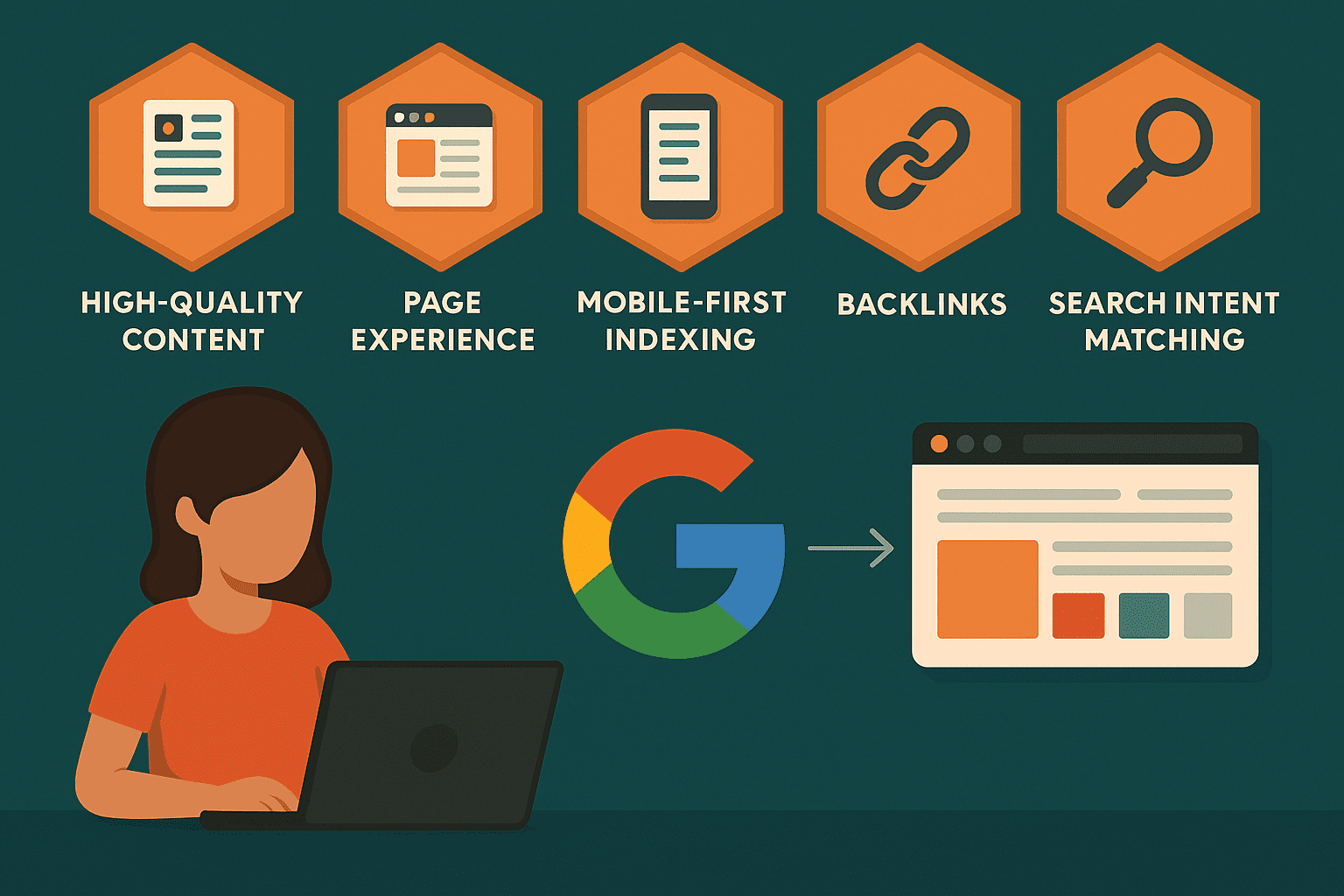
Tip: Regularly update your site with new content and conduct SEO audits using Google Search Console and Analytics.
Search Engine Optimization for Website Success
If your website isn’t optimized, you’re missing out on valuable traffic. Here’s how to apply SEO for website growth:
1. Optimize Site Structure
Ensure clear navigation with a flat site architecture so that search engine bots can easily crawl all pages.
2. Responsive Design
Use a mobile-first design to guarantee your site looks and functions well on all devices.
3. Compress Images
Large images can slow your site down, hurting your rankings. Use tools like TinyPNG to reduce image size without losing quality.
4. Add Schema Markup
Improve how your content appears in search results with rich snippets such as FAQs, reviews, and ratings.
Proven Search Engine Optimization Strategies
Effective SEO strategies combine technical skills, quality content, and authority building. Here are five strategies to start using:
1. Topic Clustering
Create main content around core keywords and link to related subtopics. This helps Google understand your site’s structure and authority.
2. Content Gap Analysis
Identify what your competitors rank for that you don’t. Fill those gaps with better, more informative content.
3. Local SEO
Optimize your business for location-based searches using:
- Google Business Profile
- Local keywords
- Customer reviews
- Consistent NAP (Name, Address, Phone)
4. Link Building
Focus on obtaining backlinks from relevant, high-authority sites. Avoid low-quality link schemes.
5. Update Old Content
Revise outdated posts with updated facts, statistics, and keywords. Add multimedia like videos and infographics to increase dwell time.
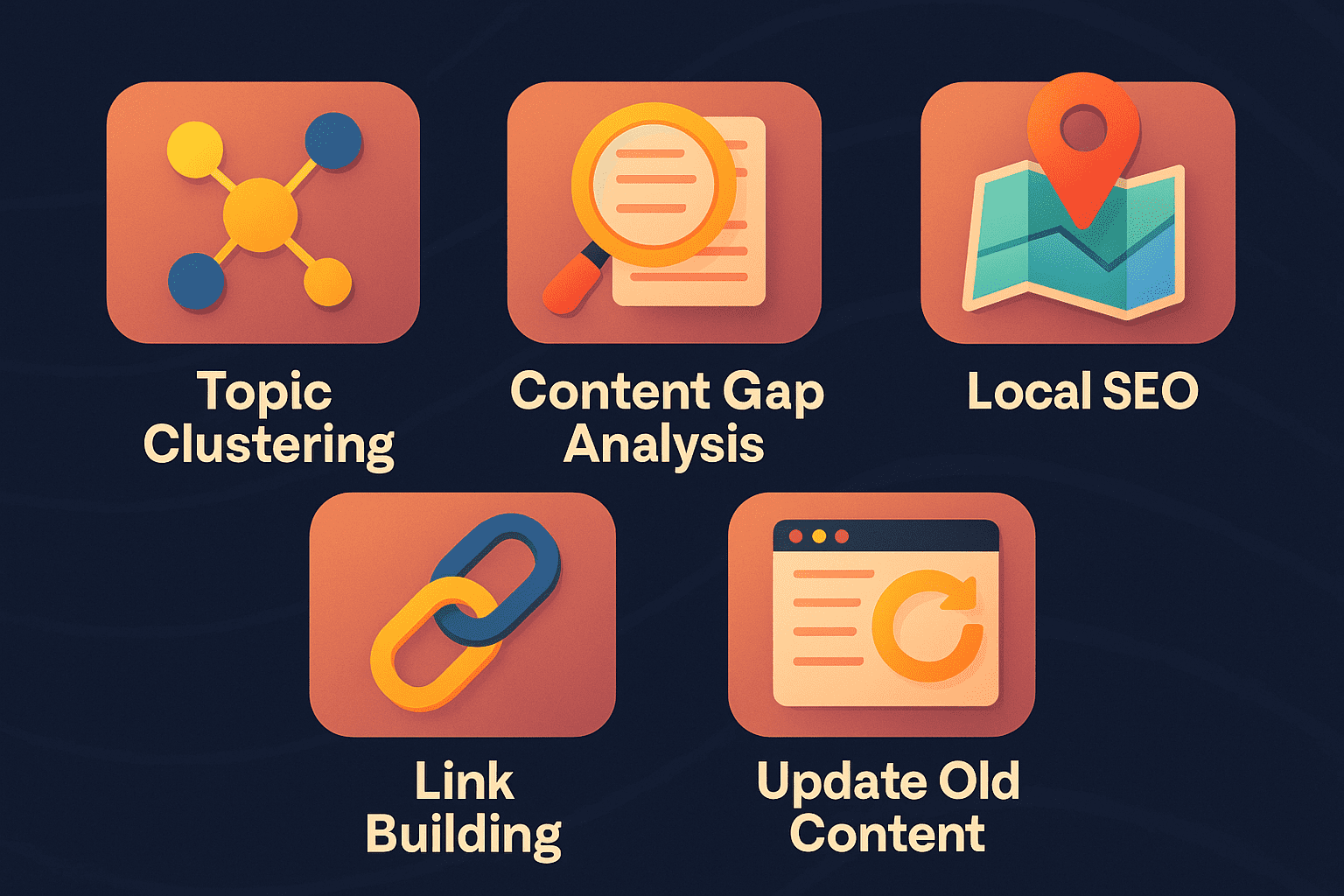
Search Engine Optimization Techniques to Try in 2025
To stay ahead, consider these modern SEO techniques:
1. Voice Search Optimization
Adjust content to answer conversational questions like “What is the best SEO tool for beginners?” Use natural language and FAQs.
2. AI Content Optimization
Use AI-powered tools like Surfer SEO and Clearscope to improve content based on real-time analysis.
3. Video SEO
Host videos on YouTube, add transcripts, use keyword-rich titles, and embed them in blog posts to boost engagement.
4. Passage Indexing Optimization
Create long-form content with clearly marked sections so Google can index separate passages, improving visibility.
5. E-A-T Principles
Show Expertise, Authoritativeness, and Trustworthiness in your content, especially for YMYL (Your Money Your Life) topics.
Common SEO Mistakes to Avoid
Even experienced professionals can make mistakes. Steer clear of these SEO errors:
- Keyword stuffing
- Buying low-quality backlinks
- Overlooking mobile optimization
- Duplicate content
- Thin content with little value
- Ignoring technical SEO checks
Conclusion: SEO is a Long-Term Investment
Mastering SEO takes time, effort, and ongoing learning. With the right mix of tools, techniques, and strategies, you can excel in search results and achieve lasting digital visibility.
Whether you’re just starting with the basics or expanding with advanced techniques, remember that SEO isn’t a one-time task—it’s an ongoing effort.
FAQs on Search Engine Optimization
Q1: How long does it take to see results from SEO?
Usually, 3 to 6 months. It depends on competition, website authority, and the quality of your SEO efforts.
Q2: Is SEO better than paid ads?
For long-term growth, yes. SEO brings steady organic traffic, while ads work best for short-term visibility.
Q3: Can I do SEO myself?
Yes, beginners can handle basic SEO with free tools and resources. For more advanced needs, consider hiring professionals.

